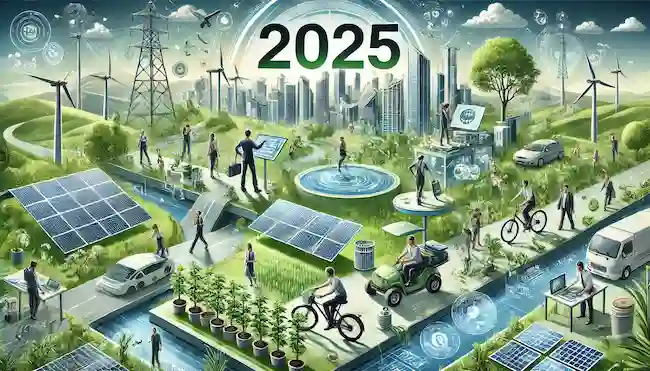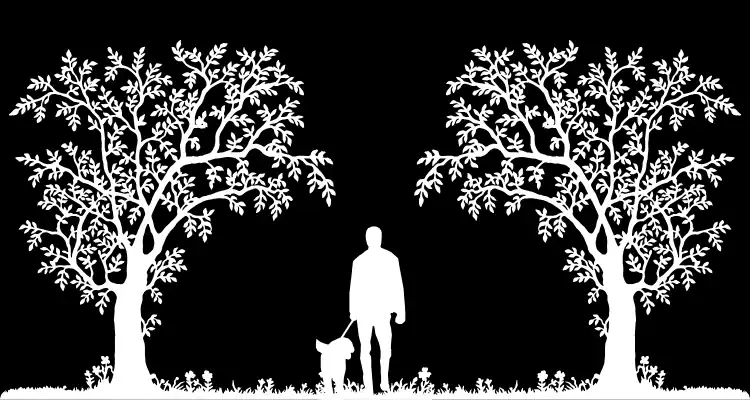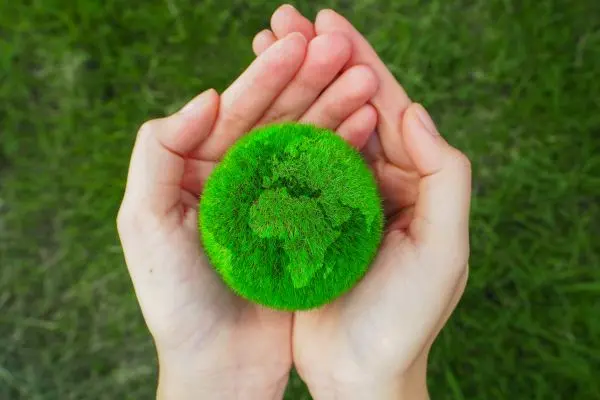Key Green Terms You Need to Know
Here at Greener Insights we aim to keep things clear and simple. To help with this we maintain the below list explaining key green terms.
Know these and you’re on track to talk climate and sustainability like a pro!
Biodiversity
The variety of plant and animal life, globally or in a specified region.

Biodiversity Net Gain (BNG)
An approach taken during land development, and/or land management, that aims to leave the level of biodiversity in a measurably better state than it was beforehand. Learn more about BNG here.
Carbon Offsetting & Credits
Compensating for carbon emissions that arise from human activity, with measures designed to remove the equivalent amount of atmospheric carbon. Offsets can be traded under verified schemes as carbon credits. A carbon credit generally equates to 1 tonne of CO2 removed.
See our guide to offsetting here for further information.
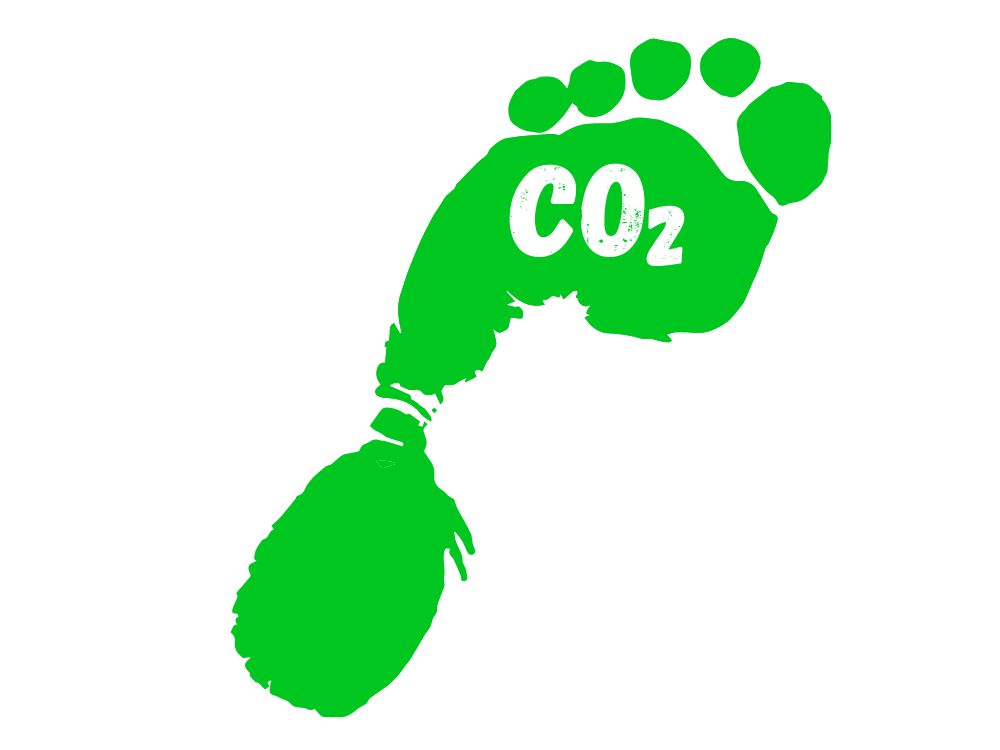
Carbon Net Zero
Achieving a balance between carbon emissions and carbon offsets, ensuring all addressable emission reductions have been completed and offsetting is only used for non-addressable emissions. Learn more about Net Zero here.
Carbon Neutral
Ensuring there is not a net release of carbon from a defined activity. This classification is often heavily reliant on carbon offsets to achieve a neutral balance. Learn more about Carbon Neutral here.

Climate Change
The long term shift in global temperature and weather patterns. Such shifts can be both naturally occurring and induced by human activities. Learn more about Climate Change here.
Climate Adaptation and Resilience
Adaptation references improvements in human and natural systems that align their resilience to a predicted level of climate change. For example, a building may need adaptations to ensure it can continue being heat resilient as global temperature increases. Learn more about Climate Resilience here.

Climate Positive
Actions that go beyond achieving a neutral impact from human activities and instead target a net benefit for the climate and environment more generally.
COP (Conference of Parties)
COP refers to international conferences run by the United Nations to agree and give direction to global action against Climate Change. Learn more about COP here.
CSR (Corporate Social Responsibility)
Used in reference to the incorporation of social and environmental concerns into business activities. Learn more about CSR here.

Decarbonisation
Decarbonisation is commonly used to refer to a planned or strategic approach to carbon emission reductions from human activities or assets.
The process is normally broken down into stages, covering multiple emission categories, such as heat decarbonisation and transport decarbonisation.
Eco-Friendly
Activities or products that do not impact upon the environment.
ESG (Environmental, Social and Governance)
Criteria for evaluating a company’s impact and sustainability, encouraging responsible action in business practice. Learn more about ESG here.
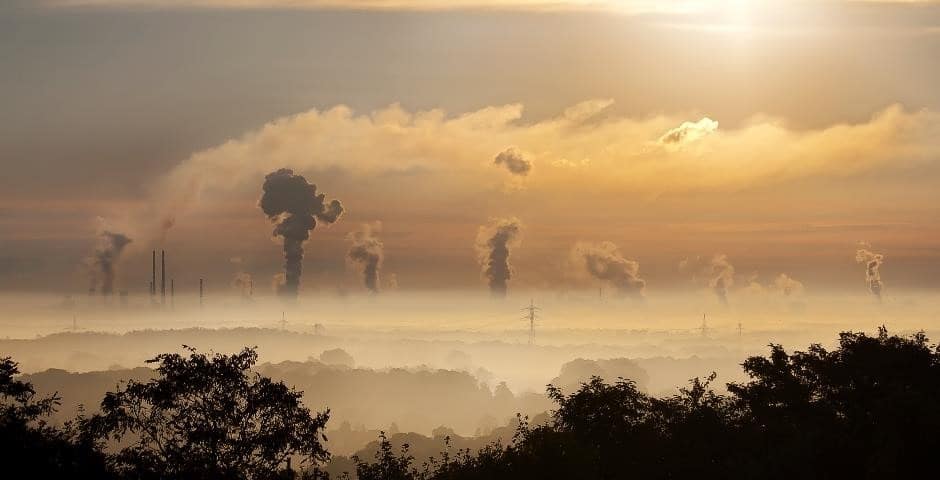
Fossil fuels
Coal, gas and oil fuels. These are all fuels produced through the breakdown of organic carbon based material over millions of years. See our summary of fossil fuels and their impacts here.
Global Warming
The process of increased heat accumulation within the Earth’s atmosphere. This accumulation results for an increased volume of greenhouse gases in the atmosphere, particularly carbon dioxide (CO2).
Green
A broad term used to reference activities that intend to reduce and prevent harm to the environment. The aim in doing so is to achieve a balance between human activity and the environment.
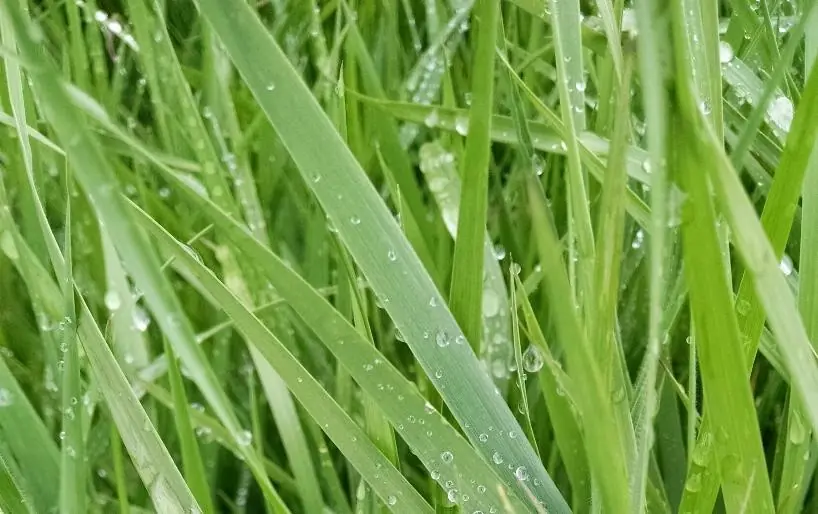
Green Economy
Economic activity driven by the aims of sustainable development, reducing harm to the climate and nature, whilst also securing long term economic growth and societal gain.
Greenhouse Gas Emissions (GHGs)
A combined term for all emissions that can contribute to global warming: primarily carbon dioxide, methane, nitrous oxide, ozone, water vapour and chlorofluorocarbons. These emissions are often represented collectively as CO2 equivalence (CO2e). Learn more about GHGs here.
Renewable energy
Energy produced from natural sources and replenished at a higher rate than consumed. Forms include solar (sunlight) and wind energy, hydro from water flow and geothermal energy. Learn more about renewable energy sources here.
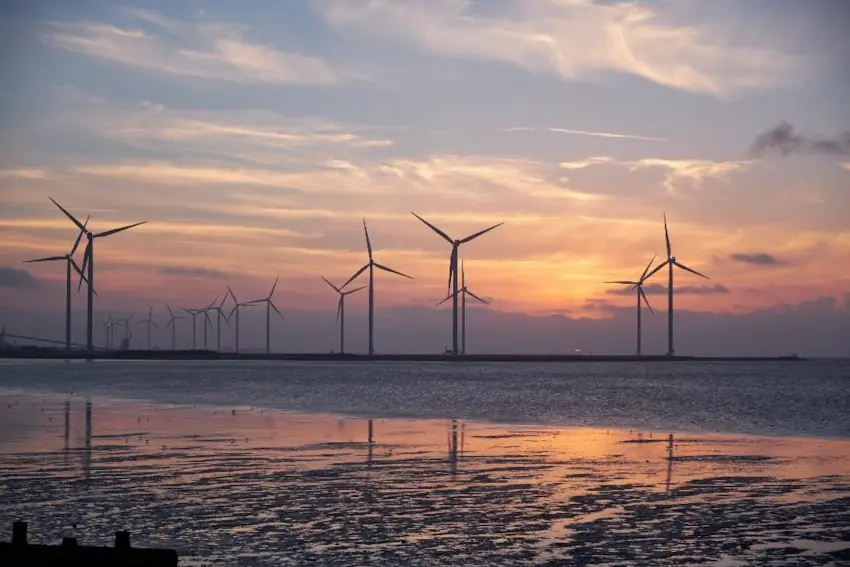
Rewilding
Rewilding is an environmental conservation strategy, aimed at restoring and protecting nature. The process involves supporting nature to re-establish the conditions that would exist had human impact not occurred.
You can learn more about Rewilding here. An overview of Urban Rewilding is also available.
Sequestration
The act of removing carbon dioxide from the atmosphere. Natural forms include tree planting and coastal environment restoration. Mechanical forms developed by humans are also available, which are commonly referred to as carbon capture and storage (CCS) systems. Learn more about Sequestration here.
Sustainability
Meeting the needs of the current generation without compromising the ability of future generations to meet their own needs. Learn more about the fundamentals of Sustainability here.
Sustainable Development Goals (SDGs)
A set of 17 goals, established by the United Nations, targeting global advancement of environmental, societal and economic standards by 2030. Learn more about the SDGs here.
Tipping Points
Refers to the point at which a natural system, altered by human impacts, is no longer able to naturally return to its baseline conditions. Consequently the system will slip into a new permanent state. Learn more about Tipping Points Here.

These definitions should help make things much clearer for you.
We’ll keep this site as clear as we can, making it simple for you to understand the issues and take action. Things do though keep moving, so we’ll be sure to keep this list up to date as the key green terms you need to know change!



